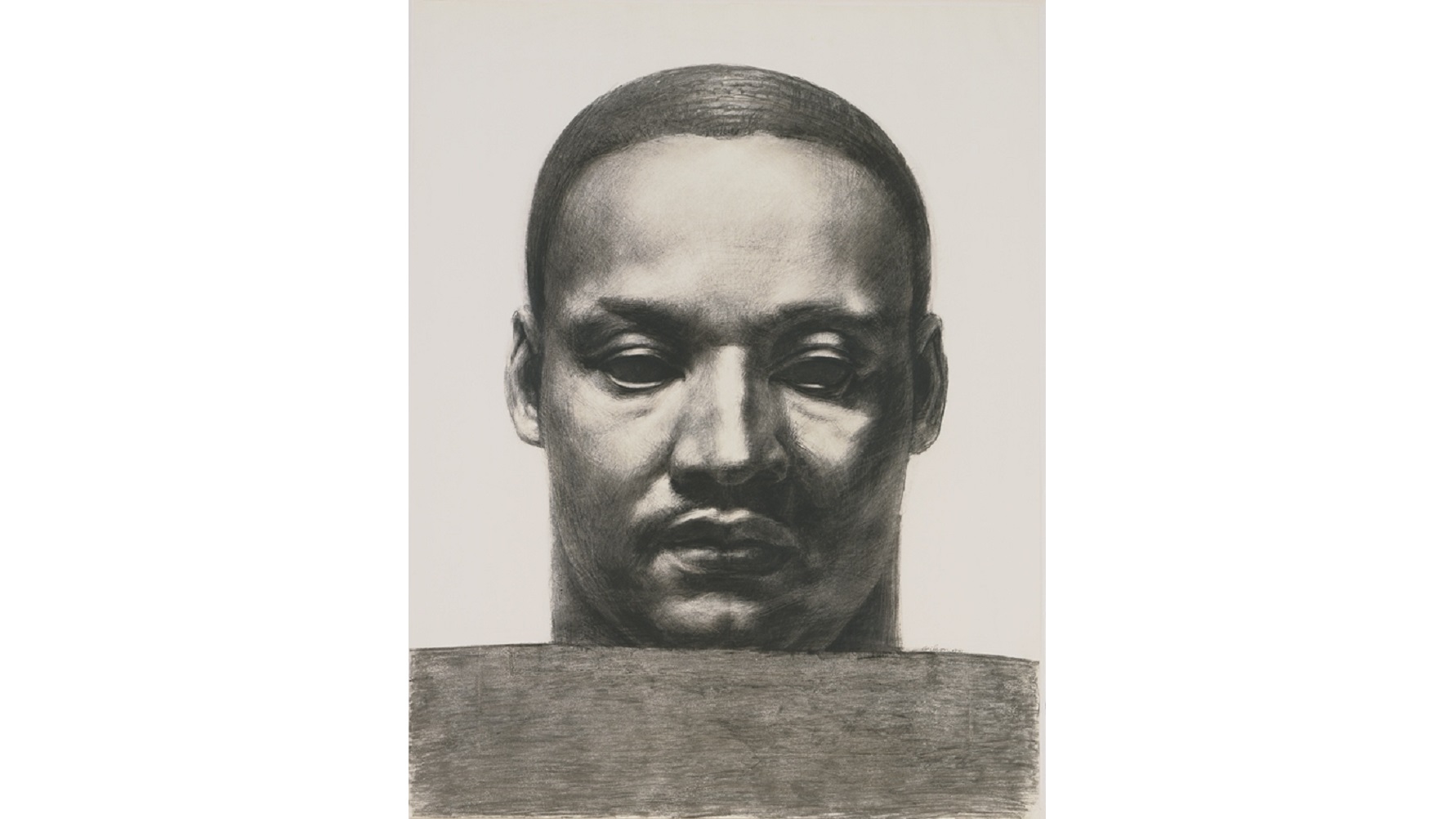Culture & Religion
All Stories
In 1933, the temperature in the Siberian village of Oymyakon reached a balmy -90ºF/-67ºC, making it the planet’s coldest place. About 500 residents call the village home today.
Concerned that extreme advances in artificial intelligence could endanger humanity, Elon Musk has donated ten million dollars this week to safeguard humans from an “intelligence explosion.”
Smartphone software that anticipates what you want to type to a friend, colleague, or spouse, may make you less intentioned in your communication.
A new site launched this week serves as a platform for writers to share their plays and readers to discover exciting new works.
Angry drivers hate aggressive bicyclists but biking with confidence may the best way to stay safe on city streets.
The Novice Art Blogger is a bot programmed with deep learning algorithms that attempts to make sense of pieces of art by explaining what it sees.
The authors of a new study argue that the added sugar in flavored milk is a small price to pay when considering the importance of calcium and vitamin D for childhood development.
When the Philadelphia Museum of Art purchased Henry Ossawa Tanner’s painting The Annunciation in 1899, they became the first American museum to acquire a work by an African-American artist. That purchase announced a new era of recognition of African-American art and artists just as much as the painting itself announced a new style of art moving away from stereotypical “black” scenes towards a freedom of aesthetic choice. Persons of color could express themselves in any way, even abstraction, but faced the new problem of remaining true to themselves at the same time. The new exhibition Represent: 200 Years of African American Art and accompanying catalogue show how these artists faced the challenges posed to them by art and society and provide all of us with a fascinating guide to facing African-American history—tragic, tenacious, transcendent—through its art.
Spin a roulette wheel a million times, and you’ll see a fairly even split between black and red. But spin it a few dozen times, and there might be “streaks” of one or the other. The gambler’s fallacy leads bettors to believe that they odds are better if they bet against the streak. But the wheel has no memory of previous spins; for each round, leaving aside those pesky green zeroes, the odds for each color are always going to be 50-50.
Exercises that call for people to blindfold themselves in order to experience what it’s like to be blind may hurt perceptions of those who are disabled rather that help those with sight understand.
For decades now, an employment and wage gap has emerged between college graduates and individuals with only a high school diploma.
Different neighborhoods suit different personalities and when these metrics align, people are measurably happier.
Recent studies which look at the effects of kindness and generosity over time suggest that the cynical phrase “nice guys finish last” is false outside of isolated events.
What does football really teach us? In “Why Football Matters: My Education in the Game,” author Mark Edmundson recounts his own high school football experience from the perspective of age and asks that very same question in a nuanced, clear-eyed way that might make you think twice about why we love football so much and what that love may be doing to us and our children.
Blaming all members of any group for the extreme actions of a few ignores one of the underlying reasons for those actions, which is not the ideology or belifs of the group, but just the sense of empowerment that comes from belonging to something more powerful than those individuals feel.
Checking your email too often could be stressing you out, even if you don’t feel like your inbox plays a significant role in your wellbeing.
The consensus among most academics is that college students are cheating more today than ever before.
Several recent pieces and studies on workplace dynamics have determined that office bullies are not unlike weeds — they’re hardy and dependable but often stifle the growth of other workers.
A group of lawmakers have introduced bills in the South Carolina legislature that would require public schools to establish gun safety courses for students.
When parents speak to their infants in the first year of life, it helps stimulate baby cognition in ways that increase the likelihood of future success.
For the first time at CES, there’s a section devoted to “personal privacy.” Like the fitness wearables of last year, privacy products are gaining ground in this new age of cloud sharing and connectedness.
The biographer evaluates the current state of technology-based communities and suggests that future innovations will completely revolutionize the way we write books.
Student achievement is higher in classrooms where digital technology delivers lectures and grades assignments.
Why did an academic at MIT recently make the absurd claim that half of all children will be autistic by 2025?
Different people have very different dreams, but even across widely different cultures, the subjects we dream about are remarkably similar—and mostly very disturbing.
The more out of control a couple’s wedding budget grows, the shorter their marriage will tend to last, according to a new study by two Emory University economics professors.
The second divorce in America took place 372 years ago on January 5, 1643. Records that follow show evidence that the early Puritan settlers of New England weren’t such sticklers when it came to divorce.
Our devices tell us a lot about ourselves, just imagine how much they could reveal if all that information was put on display for a jury of your peers.
Airlines make a lot of money by creating miserable flying accommodations and then charging customers “convenience fees” to avoid them.
The internet and its design standards are at odds, according to Daniel Kahn Gillmor, a Technologist for the ACLU. In order to fix it, designers need to implement better security standards for communication.





























